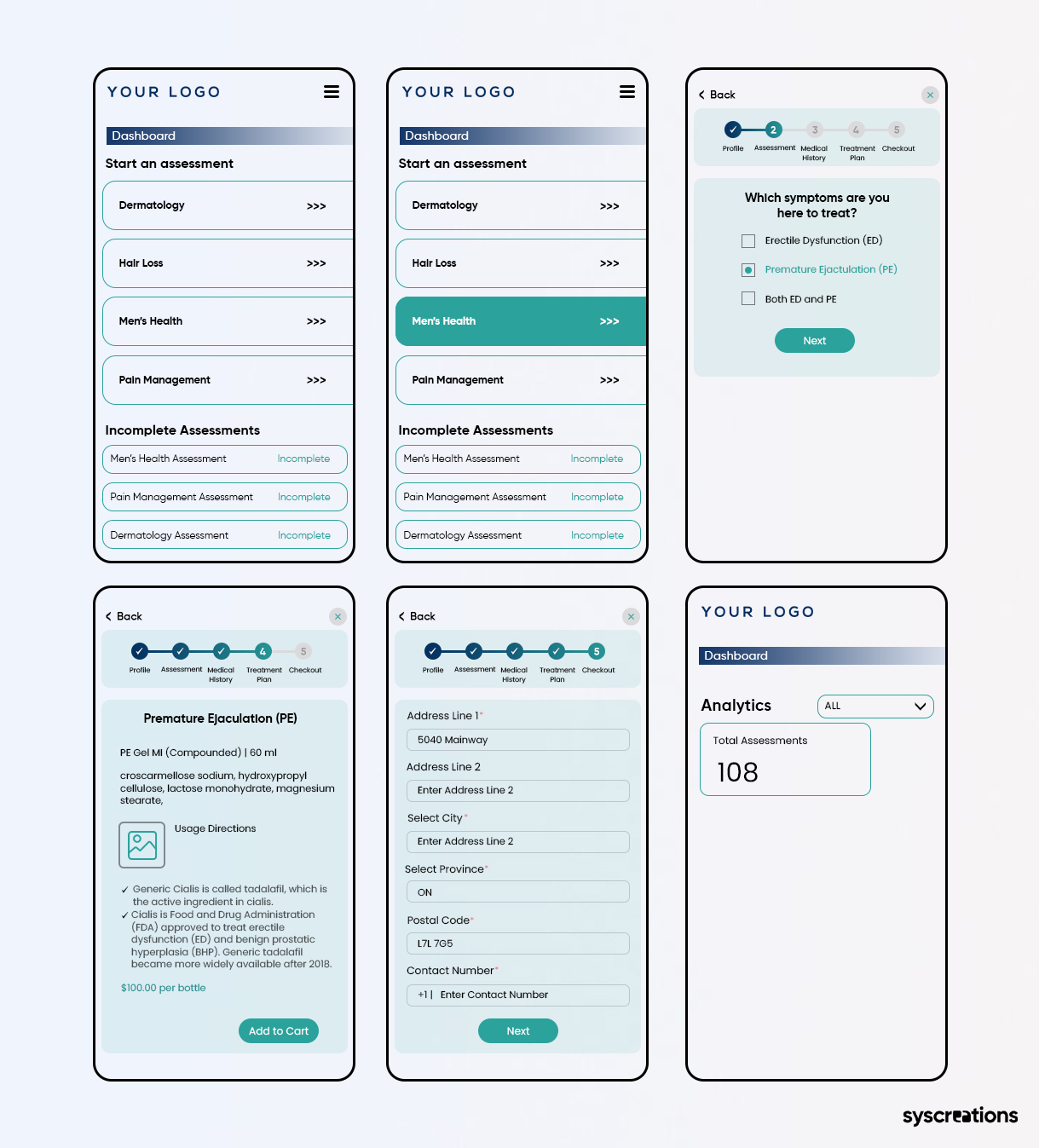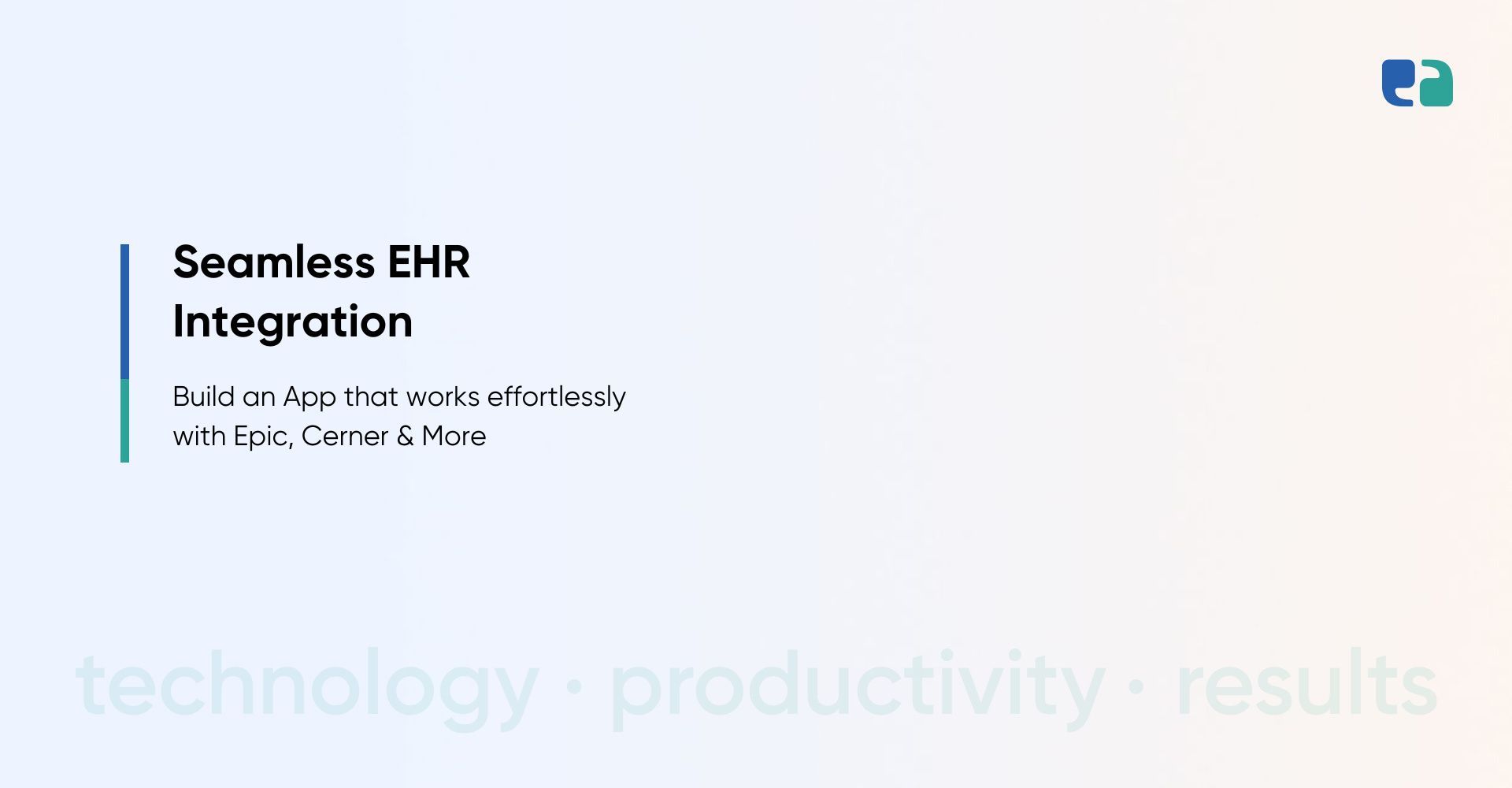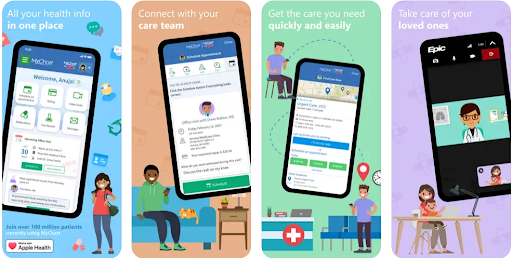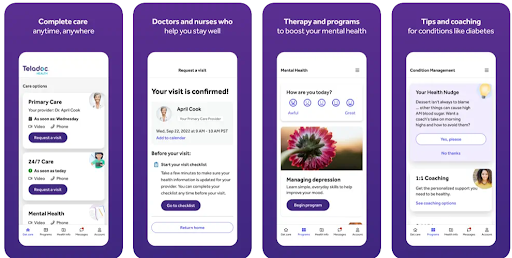Healthcare is changing fast.
And no, we’re not talking about flying ambulances (yet). We’re talking about free medical apps for patients.
These days, just like you’d check your bank app or order groceries online, people want the same kind of convenience with their health.
Patients in the U.S. expect to book appointments, message their doctor, or manage meds — all from their phones.
And they’re not wrong to expect it.
Apps like GoodRx help cut down drug costs. MyChart and Healow make it easy to see test results or talk to care teams.
And platforms like Teladoc? They bring the doctor’s office to your couch.
What’s wild is — many of these are the best free healthcare apps for patients, offering serious value at no cost. From reminders to refill your meds to managing chronic conditions, mobile health apps for patient care are now just… part of life.
But here’s the thing: while patients are already using these apps, most providers still haven’t built their own.
That’s a missed opportunity. Why? Because these apps are setting the standard.
If you’re a healthcare provider, and you’re still relying on basic portals or clunky systems, your patients might already be looking elsewhere.
This blog breaks down the top free apps patients use — and more importantly — what you can learn from them to build better, smarter, HIPAA compliant medical apps that your patients will actually want to use.
7 Free Medical Apps That U.S. Patients Already Love in 2025
Patients in the U.S. are no longer waiting around for healthcare to catch up. They’re already using smart, free medical apps to take care of their health. These apps are easy to use, available for free, and solve real problems.
Here are 7 of the best ones we’ve seen patients using across the country:
What U.S. Healthcare Providers Can Learn from Top Medical Apps
If you’re a U.S. healthcare provider thinking of launching a digital health tool, here are six simple but powerful lessons from successful patient apps:
1. Solve a Real Problem First
Patients don’t want a super app.
They want something that makes life easier—like accessing health records, scheduling visits, or managing medications. Start with one clear problem your patients face and solve that well.
That’s how apps like MyChart and GoodRx became popular. Keep it focused.
2. Make the App Easy to Use
Not every patient is tech-savvy. So the app needs to be simple and intuitive.
Think of Medisafe—people love it because it’s clean and easy, especially for managing medications.
A cluttered app, even with lots of features, just confuses people. Good UI/UX design goes a long way in driving patient engagement.
3. Keep Users Engaged
Downloading an app is just step one. Keeping users active is the real challenge. Here’s how top apps do it:
- Smart reminders for meds or appointments (but not too many!).
- Secure chat with care teams.
- Health tracking through wearables or manual input.
- Social features like “Medfriends” for peer support.
- Simple onboarding and helpful support.
4. Prioritize Trust and Security
Apps that handle Protected Health Information (PHI) must meet HIPAA compliance.
This means encryption, access controls, staff training, and strong policies. But it’s not just about rules. Patients want to know how their data is used.
Be transparent with privacy policies. Also, keep an eye on new state-level health privacy laws—they’re evolving fast.
Must Read: Guide to HIPAA Compliant App Development in 2025
5. Think About Cost and Sustainability
Most patients expect free apps. Big platforms like Teladoc and Healow are often covered by insurance or employers. If you’re building your own tool, keep these realities in mind:
- A solid MVP can cost tens of thousands of dollars.
- Ongoing maintenance is 15–33% of your build cost—every year.
- Direct charges to patients may not work.
- Integration with EHR systems is tricky but often necessary.
6. Start Small and Improve Over Time
Trying to build an all-in-one app right away is expensive and risky.
A better path? Build a simple MVP. Launch it. Get feedback. Then keep improving it.
That’s how you stay patient-centered and cost-effective.
Explore the images of the men’s health app we recently developed for one of our clients.

Why U.S. Healthcare Providers Should Build Their Own Patient App
Using MyChart or Healow is fine—but sometimes, your patients need more. Many U.S. healthcare providers are now building their own custom patient apps.
Why? Because it gives them control, flexibility, and the ability to meet very specific patient needs.
1. Connect Easily with Your EHR (Epic, Cerner, or Any)
Your app should work with your existing EHR. Apps like MyChart only work with Epic.
But what if you’re using Cerner or another system? A custom app lets you integrate directly with your EHR, improving data flow and patient care.
Yes, EHR integration is tricky—but with the right dev team (like us!), it’s doable. It also opens doors for AI clinical documentation automation and smarter workflows down the line.
2. Boost Patient Engagement (and Maybe Your Star Ratings)
Apps that help patients actually engage with their health—by sending reminders, offering secure messaging, and allowing them to track vitals—are the ones that succeed.
Apps like Medisafe use “Medfriends” for social support. That small feature alone keeps users more accountable.
Higher engagement could also help improve quality metrics that impact Medicare Advantage star ratings.
3. Stay HIPAA, HITECH & ONC Compliant from Day One
If your app handles Protected Health Information, it must follow HIPAA, and ideally HITECH and ONC Cures Act rules too.
By building your own app, you ensure compliance by design—with full control over privacy, encryption, access, and policy updates. This builds trust, and trust builds adoption.
4. Own Your Data and Updates
You shouldn’t wait on a third-party vendor to push an update or fix a security issue.
With your own app, you control it all—data security, updates, new features. You also get to pick secure third-party tools (like cloud providers) and get BAAs signed as needed.
5. Put Everything in One App: Telehealth, Payments, Scheduling
Why should patients download 3 different apps for appointments, telehealth, and payments?
With a custom app, you can bring everything into one place—telehealth visits, bill pay, medication tracking, even AI-powered symptom checking if you want.
This creates a better user experience and reduces confusion for your patients.













